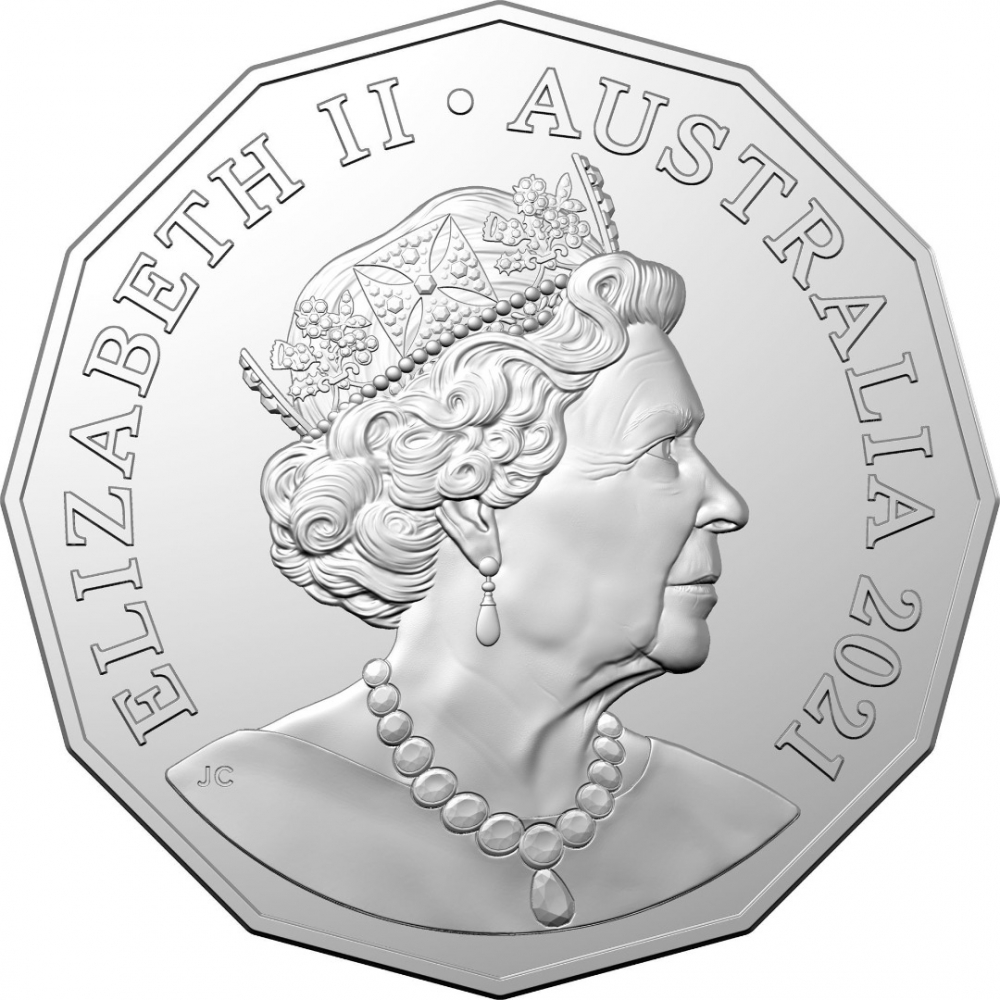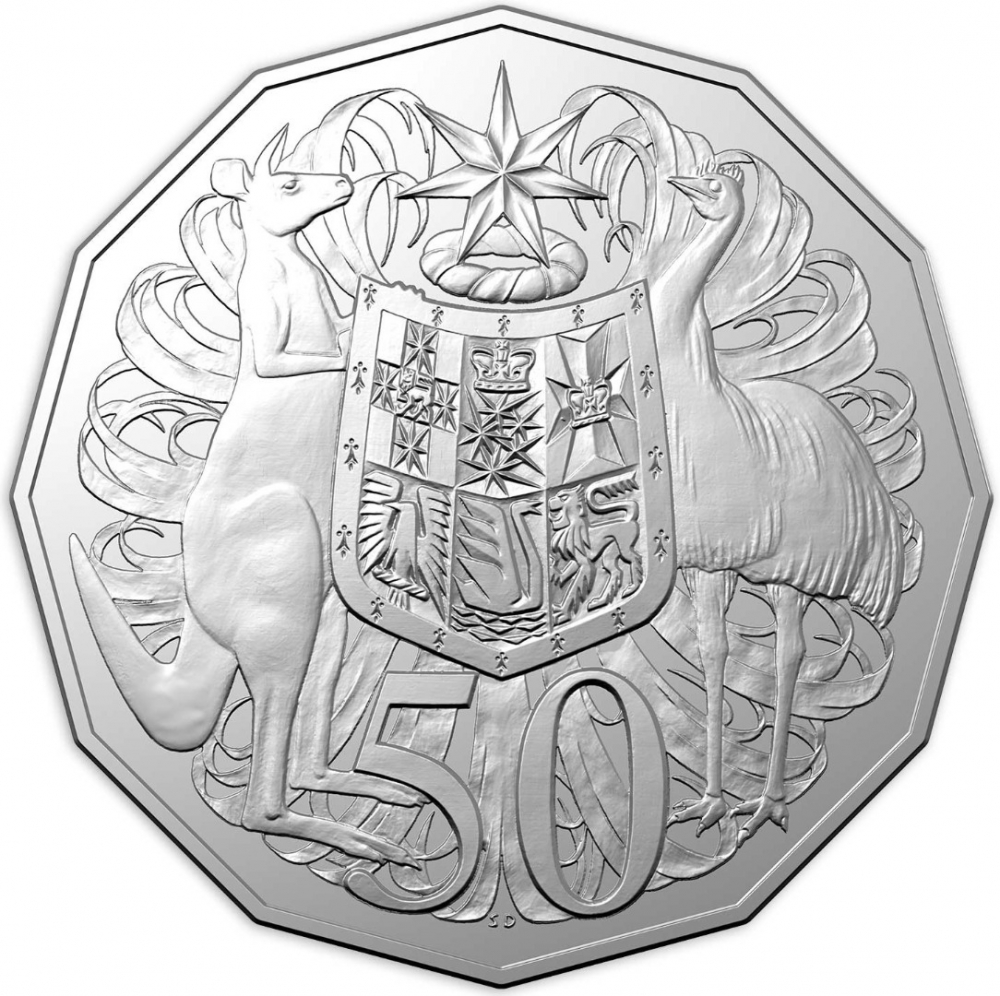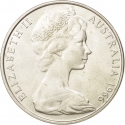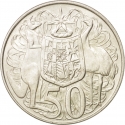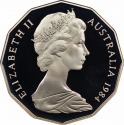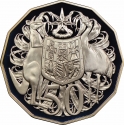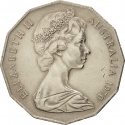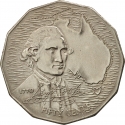You are about to finish your registration. Please check your mailbox (including spam folder). There should be a letter with a confirmation link. Check setting to make sure that your e-mail address is correct.
Send letter againDescription
In 2019 the Royal Australian Mint (RAM) has updated the standard 50-cent coin with the Jody Clark 6th Portrait of the Queen on the obverse (6th portrait). It was issued in bags of 20 at RAM "Pop up Shops" at various locations throughout Australia in 2019.
It was initially issued by the RAM as part of a 5 coin set to commemorate the Fiftieth Anniversary of the Dodecagon 50-cent coin. The five coins in the set each display a different effigy of Queen Elizabeth II.
The RAM did not produce an Uncirculated Set of the 2019 Jody Clark 6th Portrait First Issue coins. However, an aftermarket set that included this coin & the other five denominations was put together and issued by Downies.
The coin was issued in Uncirculated & Proof annual sets, and Uncirculated & Proof baby sets from 2020.
Obverse

|
6th crowned portrait of HM Queen Elizabeth II facing right (the Commonwealth effigy), wearing the George IV State Diadem, the Coronation Necklace and Earrings. ELIZABETH II • AUSTRALIA 2021 |
|---|---|
Reverse

|
Australia coat of arms (the escutcheon is carried by a Red Kangaroo and an Emu) and the numeral 50. 50 |
| Edge |
50 Cents
6th portrait
KM#
Characteristics
| Material | Cupronickel |
| Weight | 15.55 g |
| Diameter | 31.51 mm |
| Thickness | 3 mm |
| Shape |
|
| Sides | 12 |
| Alignment | Medal |
| Mint |
Royal Australian Mint (RAM)
|
